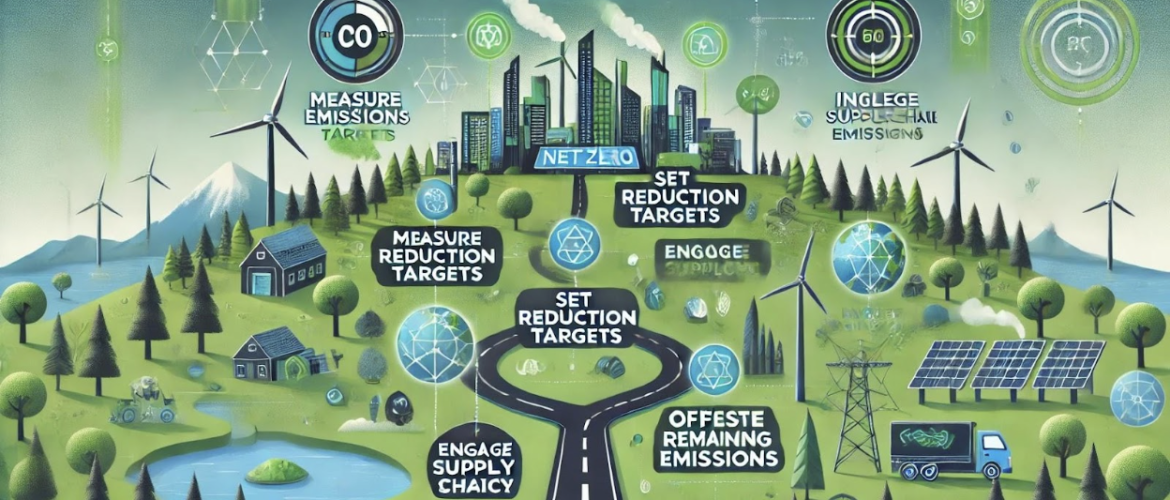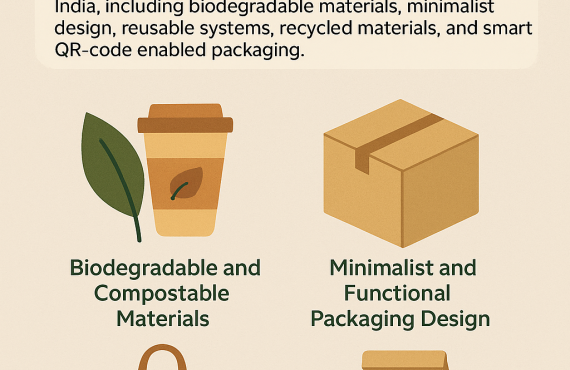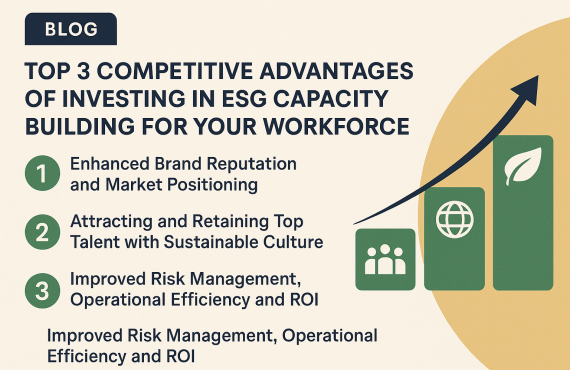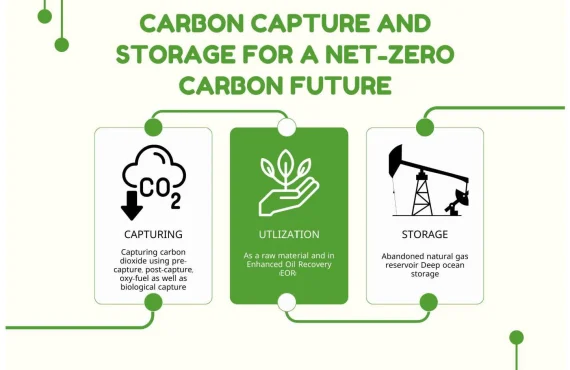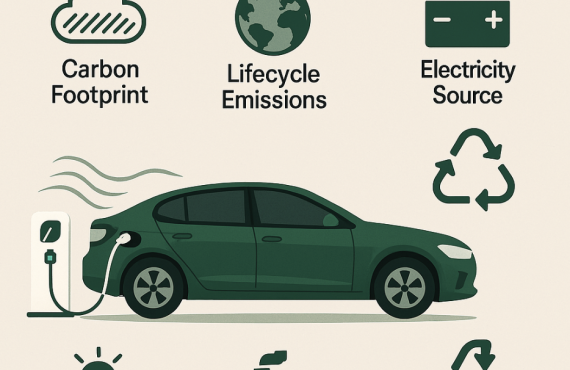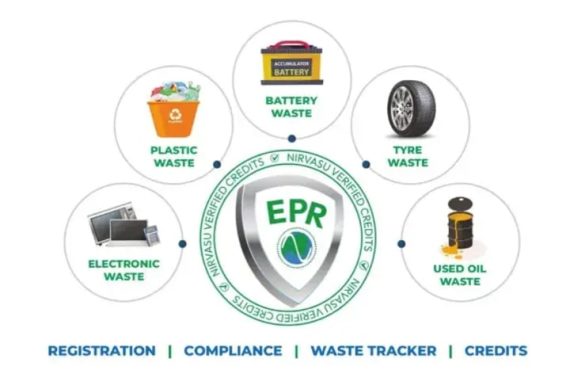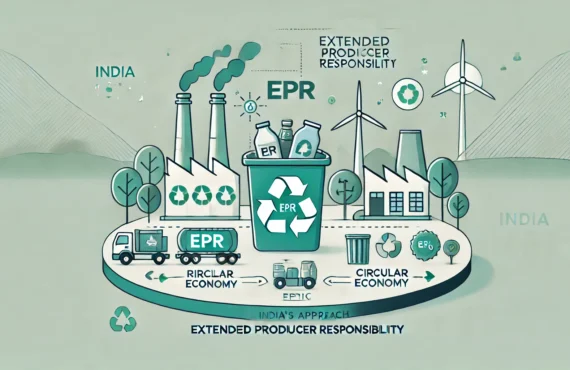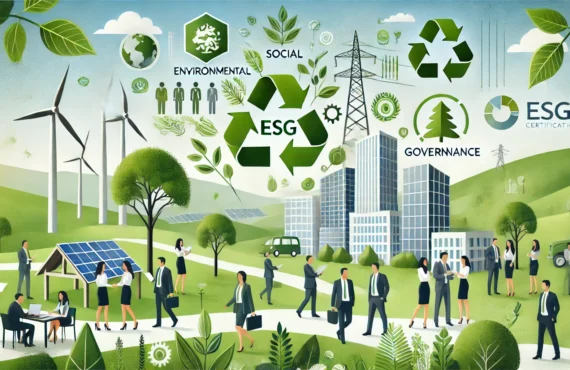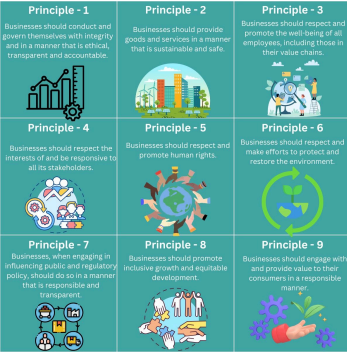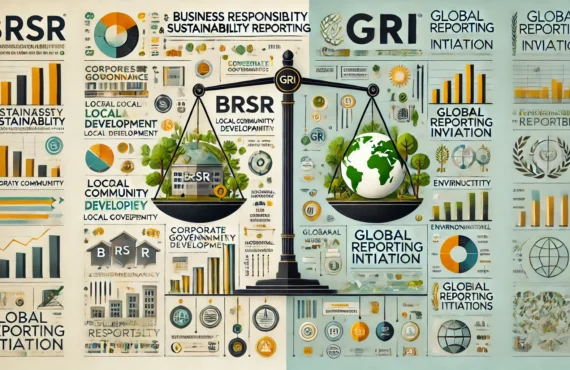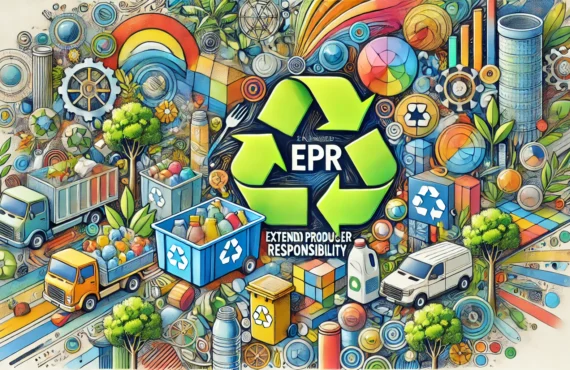Path to Net Zero: How Businesses Can Achieve Carbon Neutrality
In today’s world, where climate change is no longer a distant concern, businesses are increasingly being called upon to reduce their environmental impact. The concept of “net zero” or carbon neutrality is quickly becoming a key focus, not just for governments, but for the private sector as well. Achieving carbon neutrality is critical not only for the environment but also for businesses aiming to remain competitive, sustainable, and in line with evolving market expectations.
So, how can businesses achieve carbon neutrality? In this blog, we will explore the essential steps businesses can take to reach net zero and become leaders in sustainability.
What Does Net Zero Mean?
“Net zero” refers to the balance between the amount of greenhouse gases emitted and the amount removed from the atmosphere. When a company reaches net zero, it means it has either eliminated or offset its carbon emissions, essentially reducing its impact on the planet. This includes everything from direct emissions produced in operations (Scope 1) to emissions generated by energy use (Scope 2) and even emissions from the supply chain (Scope 3).
For businesses, the journey to net zero isn’t just about reducing emissions; it’s also about understanding where those emissions come from and then developing strategies to mitigate them at every level of the organization.
Why Should Businesses Strive for Net Zero?
Achieving carbon neutrality isn’t just a matter of ethical responsibility—it can offer several strategic benefits for businesses:
- Compliance with Regulations: As governments around the world ramp up their climate change efforts, businesses face increasing regulations related to carbon emissions. Achieving net zero ensures companies stay ahead of regulatory requirements and avoid potential penalties.
- Consumer Preferences: Today’s consumers are more conscious about sustainability and environmental responsibility. They prefer brands that align with their values, and a commitment to carbon neutrality can be a significant differentiator in a crowded marketplace.
- Operational Efficiency and Cost Savings: Reducing energy consumption, improving waste management, and adopting more efficient processes can lower operational costs, making sustainability a smart business decision.
- Investor Confidence: Investors are increasingly prioritizing companies that demonstrate strong environmental, social, and governance (ESG) practices. A commitment to carbon neutrality can make businesses more attractive to investors looking for sustainable, future-proof companies.
- Reputation and Brand Loyalty: Building a brand that stands for sustainability and environmental stewardship can lead to long-term customer loyalty and enhanced brand reputation.
Steps to Achieve Carbon Neutrality
Achieving carbon neutrality is a process that requires careful planning, commitment, and action. Below are the essential steps businesses can take on their journey toward net zero:
1. Measure Your Carbon Footprint
The first step toward carbon neutrality is to measure your emissions. A carbon footprint assessment helps businesses identify the primary sources of their emissions across three categories:
- Scope 1: Direct emissions from owned or controlled sources (e.g., company vehicles, manufacturing processes).
- Scope 2: Indirect emissions from the consumption of purchased electricity, steam, heating, and cooling.
- Scope 3: All other indirect emissions, including supply chain emissions, business travel, waste disposal, and employee commuting.
Accurately measuring these emissions gives businesses the information needed to target specific areas for improvement. Several tools and platforms are available that can help companies assess and track their carbon footprint.
2. Set Clear, Actionable Goals
Once the current carbon footprint is understood, the next step is setting specific, measurable, and achievable carbon reduction goals. This can include both short-term and long-term targets. Businesses may want to align their goals with global climate objectives, such as those set by the Science-Based Targets Initiative , which offers a framework for businesses to set targets aligned with keeping global warming well below 1.5°C.
3. Reduce Emissions Across Operations
Reduction of emissions should always be the first priority. Businesses should focus on minimizing emissions through operational changes. Here are some key strategies:
- Energy Efficiency: Transition to energy-efficient systems and technologies. This could involve upgrading lighting, HVAC systems, machinery, and production processes to be more energy-efficient.
- Renewable Energy: Switch to renewable energy sources (solar, wind, etc.) for business operations. Businesses can either purchase green energy from their energy suppliers or install on-site renewable energy infrastructure.
- Green Buildings: Building and renovating office spaces or factories with energy-efficient designs and sustainable materials can help lower energy consumption and waste generation.
- Sustainable Transportation: Transition to electric or hybrid vehicles for business operations, such as company fleets and delivery trucks. Optimizing logistics and reducing transportation emissions through route planning and minimizing travel is also crucial.
4. Engage Your Supply Chain
A significant portion of a business’s emissions comes from its supply chain (Scope 3 emissions). To achieve carbon neutrality, it’s essential to collaborate with suppliers and partners to encourage sustainability practices. Here’s how to do it:
- Sustainable Sourcing: Source raw materials and products from suppliers who prioritize environmental responsibility, such as those using recycled materials or sustainable farming practices.
- Supplier Engagement: Work with your suppliers to help them reduce their emissions. This can involve setting clear expectations, sharing best practices, and helping them to reduce their environmental footprint through joint initiatives.
- Circular Economy: Incorporate circular economy principles by designing products that can be easily repaired, reused, or recycled, minimizing waste, and maximizing resource efficiency.
5. Offset Remaining Emissions
Even after reducing emissions, some businesses may find that they still have residual emissions that are difficult to eliminate. In these cases, carbon offsetting can help balance out the remaining emissions.
Carbon offset projects can include:
- Reforestation and Afforestation: Planting trees to absorb carbon dioxide from the atmosphere.
- Renewable Energy Projects: Investing in renewable energy projects that reduce global emissions.
- Methane Capture: Supporting projects that capture methane emissions from landfills or agricultural operations.
6. Foster a Sustainability Culture
Achieving carbon neutrality is a company-wide effort, and creating a culture of sustainability is key. Businesses should engage their employees at all levels in sustainability initiatives by:
- Training: Educating employees on the importance of carbon neutrality and providing them with the tools and knowledge to reduce their personal and professional carbon footprints.
- Incentives: Offering rewards and incentives for employees who actively participate in sustainability efforts, such as reducing waste or using public transportation.
- Employee Engagement: Encouraging employees to suggest new ideas and innovations that can help the company reduce its emissions.
7. Monitor, Report, and Improve
Carbon neutrality isn’t a one-time achievement; it requires ongoing monitoring and improvement. Businesses should regularly track their emissions, assess progress against their goals, and adjust their strategies as needed. Annual sustainability reports can provide transparency and allow stakeholders to track progress toward net-zero goals.
Conclusion
Achieving carbon neutrality is a critical step for businesses looking to thrive in the future. While the journey to net zero can be challenging, it is undoubtedly a rewarding and necessary endeavor. By measuring emissions, setting clear goals, reducing carbon footprints, engaging supply chains, and offsetting remaining emissions, businesses can take meaningful steps toward a sustainable future.
Ultimately, carbon neutrality not only benefits the planet—it also offers companies the chance to innovate, improve efficiency, enhance brand reputation, and meet growing consumer and investor demands for sustainability. As we move toward a more eco-conscious world, businesses that take the lead on carbon neutrality will be the ones that shape the future of industry and contribute to a healthier, more sustainable planet for generations to come.


